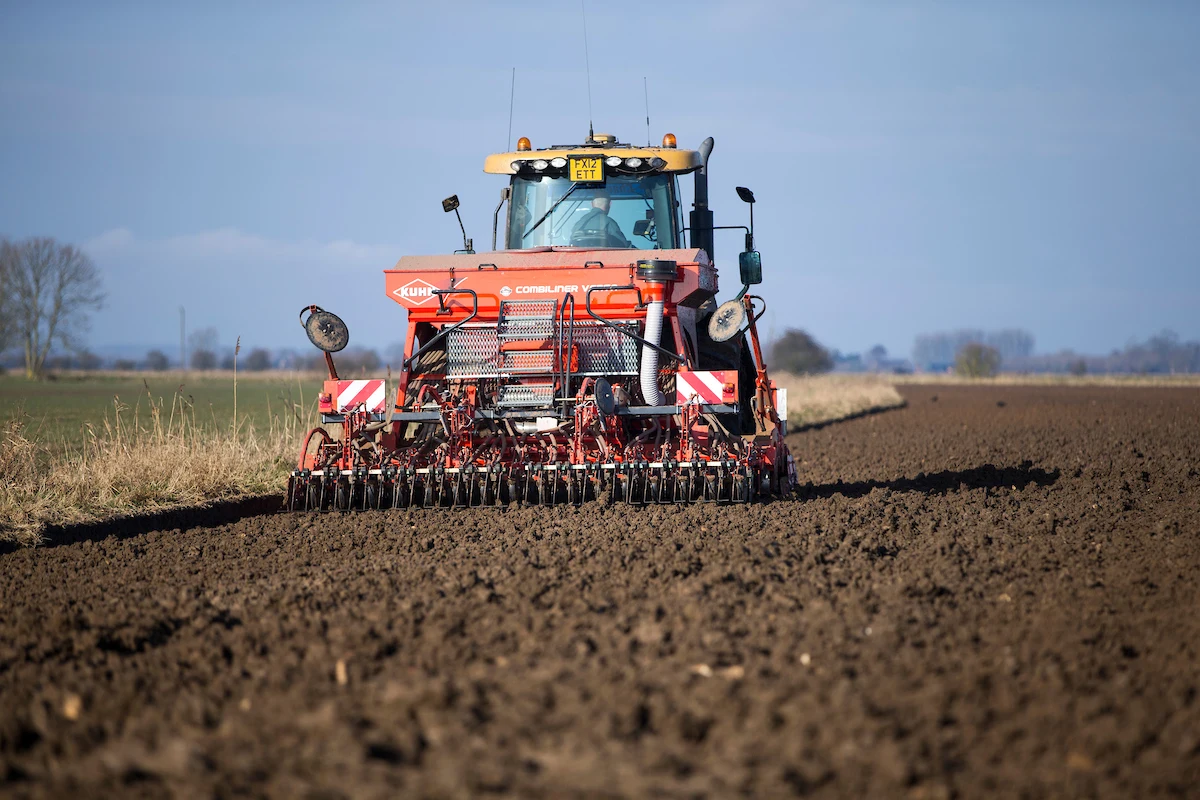
Sam Harvey picks out four topics for growers to consider during September
Author
Sam Harvey | 29th August 2023Tags
We Highly Recommend:
Fungicides
Caligula
Caligula is a systemic fungicide for use in potato and sugar beet crops.
Read moreFour things arable growers could consider in September
Crop Progress
Following a frustrating harvest on a positive note soil moisture is plentiful which bodes well for cultivations and stale seeds.
Sam’s agronomy tips for August
1. Be strategic with cultivations
Always consider the primary weed burden by field before starting primary cultivations straight behind the combine.
Although moisture isn’t limiting, soft and rye brome appear to be becoming more problematic. Firstly, it’s important to be sure of accurate identification and secondly implement the appropriate strategy as these weeds require a different approach. If rye, meadow or soft brome are prevalent then you should be leaving stubbles uncultivated for a month behind the combine before any cultivation. In the main, for other weed pressures where moisture isn’t any issue cultivating as soon as land is clear is the right decision in order to maximise stale seedbed flushes.
When it comes to dealing with burning off stale seedbeds it is paramount to adhere to Weed Resistance Action Group (WRAG) guidance on glyphosate, such as using a maximum of two applications and integrating a cultivation between them. Ensure the right dose is used for the conditions and target weed and spray application is carried out correctly.
Often in my conversations correct application goes overlooked with glyphosate typically not applied in the optimum droplet size, often too fine. It’s also crucial to use a well formulated glyphosate, such as a branded Roundup product, to ensure maximum glyphosate uptake into the plant. Achieving best results with glyphosate is heavily dependent on the formulation.
We also have some interesting trial results from last year looking at Roundup timings for barley yellow dwarf virus (BYDV) control. Ensuring you spray off at least 10 days before drilling significantly minimised any green bridge carryover where virus carrying aphids are present compared with two days pre-drilling.
2. Don’t forget to register for the Dekalb Establishment Scheme
With moisture not limiting those that chose to plant, oilseed rape will have certainly had the best conditions possible to try to get the crop off to a good start. For Dekalb varieties sown remember the Dekalb Establishment Scheme is available, assuming the crop is sown before 20 September and registered online by 30 September, so make sure you take advantage.
This year we are piloting our Magic trap which will aid the monitoring of flea beetle, weevils and pollen beetles. I think it will be a particularly interesting and useful tool to aid the remote monitoring and manage any appropriate insecticidal inputs early winter to minimise rape winter stem weevil damage, which was an issue in some cases last year in East Anglia.
3. Use FieldView to help with on farm strip trials
Carrying out on farm strip trials is a really valuable way to help identify what works for you in your situation. It is really easy to implement with FieldView, with the sharing of information and real-time data collection helping to monitor and analyse different treatments, for example, residual herbicide strip comparisons this autumn. There is the opportunity to sign up for a FieldView demo to have a go and get familiar with the digital platform and what it can offer and how intuitive it is to use.
4. For later lifted crops of sugar beet
To help manage against Cercospora Caligula (fluopyram + prothioconazole) brings the SDHI mode of action to the crop where an application can be made from 1 September. The seven day harvest interval means the product is flexible to accommodate around lifting dates.
We Highly Recommend:
Fungicides
Caligula
Caligula is a systemic fungicide for use in potato and sugar beet crops.
Read more